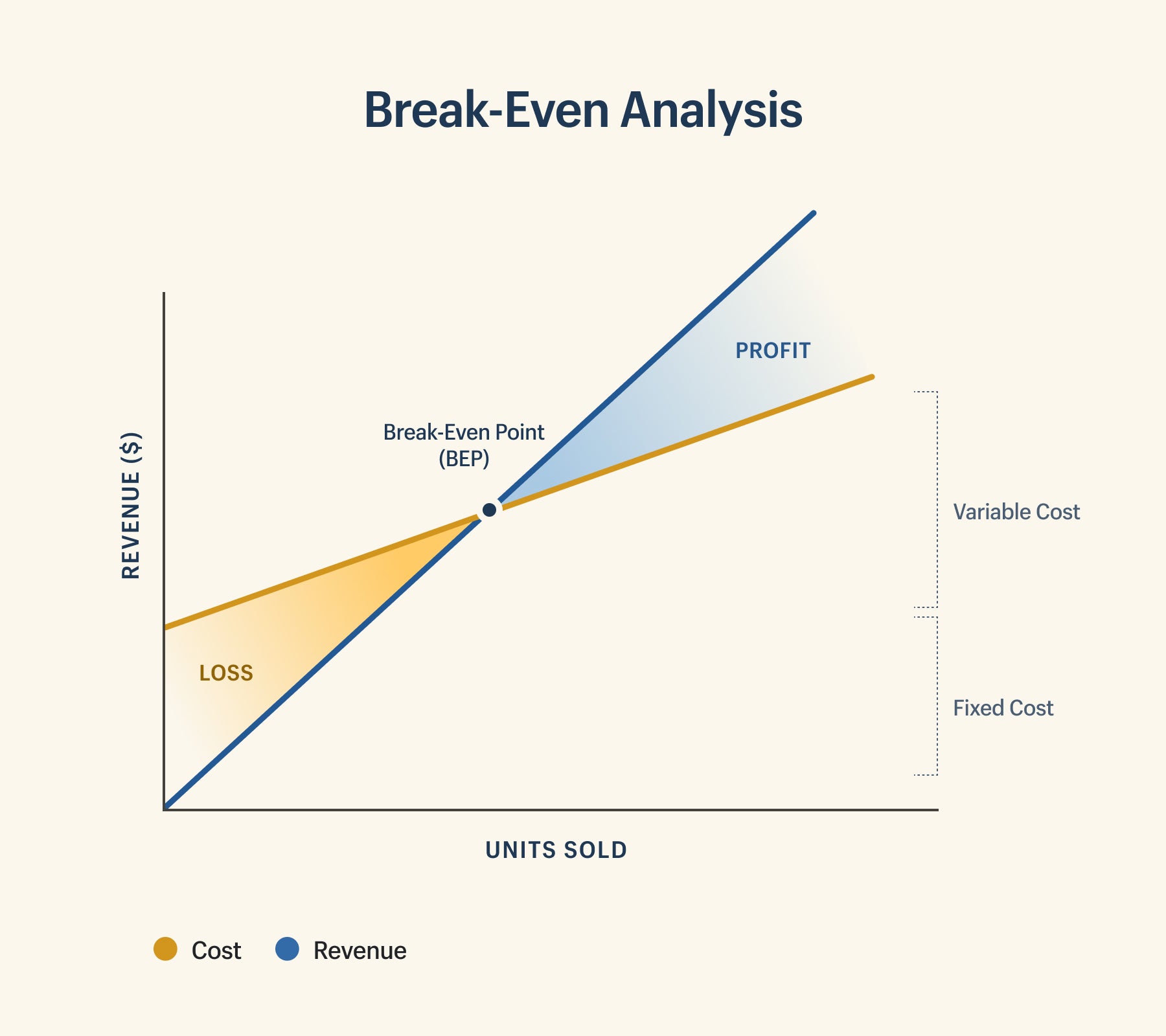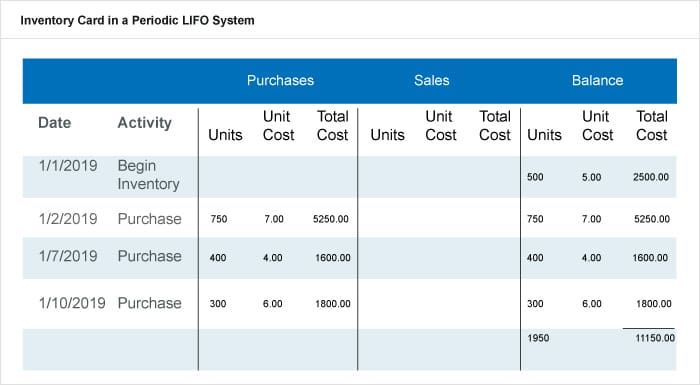
For example, if the company needs a 15 percent profit margin and the break-even price is $2.59, the price will be set at $3.05 ($2.59 / (1-15%)). Then a markup is set for each unit, based on the profit the company needs to make, its sales objectives and the price it believes customers will pay. This is done by calculating all the costs involved in the production such as raw materials used in its transportation etc., marketing and distribution of the product.

In cost-plus pricing, a company first determines its break-even price for the product. (contribution margin per unit) × (number of units sold) to operating income) is maximized when a price is chosen that maximizes the following: The product's contribution to total firm profit (i.e.

Main article: Contribution margin-based pricingĬontribution margin-based pricing maximizes the profit derived from an individual product, based on the difference between the product's price and variable costs (the product's contribution margin per unit), and on one's assumptions regarding the relationship between the product's price and the number of units that can be sold at that price.
Positive product per unit area image pro plus plus#
The price of the product includes the variable cost of each item plus a proportionate amount of the fixed costs.Ĭontribution margin-based pricing

Method of pricing in which all costs are recovered. 2 Nine laws of price sensitivity and consumer psychology.Pricing strategies can bring both competitive advantages and disadvantages to its firm and often dictate the success or failure of a business thus, it is crucial to choose the right strategy. It can also be used to defend an existing market from new entrants, to increase market share within a market or to enter a new market. The price can be set to maximize profitability for each unit sold or from the market overall. Pricing strategies determine the price companies set for their products. Pricing strategies and tactics vary from company to company, and also differ across countries, cultures, industries and over time, with the maturing of industries and markets and changes in wider economic conditions. To determine the most effective pricing strategy for a company, senior executives need to first identify the company's pricing position, pricing segment, pricing capability and their competitive pricing reaction strategy. Louis, Missouri, drawing by Marguerite Martyn, 1912Ī business can use a variety of pricing strategies when selling a product or service. Dynamics 365 Sales uses the default price list for calculations when the associated price list in the opportunity or order for the product doesn't contain a price definition of the product.Sales being made at Soulard Market, St. Select one of the price lists to which you added the product as the default price list for the product. You can do this either from the product form or the price list form.Ĭreate a product family - OR - Create price lists and price list items to define pricing of products Add each new product to one or more price lists as price list items. A price list item defines the price per unit of a product. You can also create a standalone bundle or a bundle inside a product family.Ĭreate price lists and price list items to define pricing of productsĪdd price list items. Each product you create will be linked to a unit group and default unit.

You can create a standalone product or a product inside a family depending on how you want to organize and classify your products. This helps ensure that your customers receive the most appropriate and complete solution.īecause of how units, discounts, and prices are tied together, it's important that you create each of these components in a product catalog in the following sequence: StepĬreate discount lists to offer your products and services at different prices, depending on the quantity purchased.ĭefine the measurements or quantities your products will be available in.Ĭreate a unit group and add units to that groupĬreate products for the items you sell. Other than setting up the pricing for products, product catalog also supports product taxonomy that lets you create a rich classification of products.


 0 kommentar(er)
0 kommentar(er)
